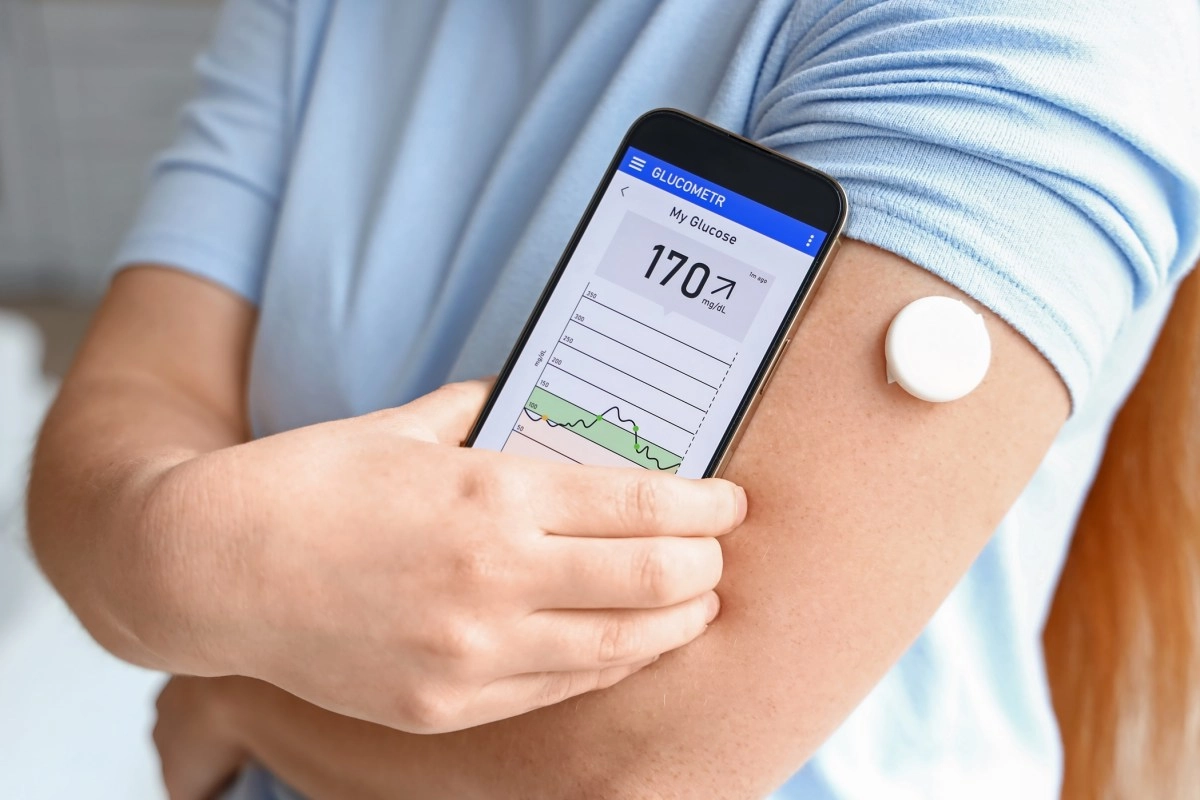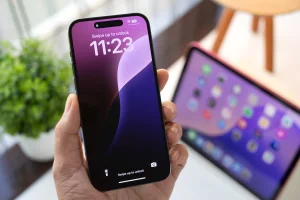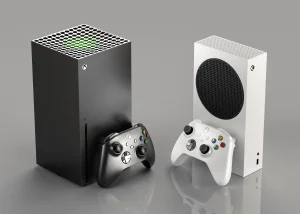If you do not have diabetes, is it necessary to continuously monitor your blood sugar
The devices have gained popularity among people without diabetes. Sales have been boosted by high-profile advertisers.

Continuous glucose monitors, small patches that provide information 24 hours a day about blood sugar concentrations, could be a tool for Americans to "take control of their own health.
That's what Health and Human Services Secretary Robert F. Kennedy Jr. recently told federal government.
These are quarter-sized devices that track the rise and fall of blood sugar, some say, the latest source of hope in the growing hype surrounding wearable health technology.
They can take responsibility for themselves, Kennedy said. They can start making good choices about their diet, their activity, and their lifestyle.
The devices have even gained popularity among people without diabetes. Sales have been boosted by high-profile publicists such as US surgeon general nominee Casey Means, the Associated Press (AP) notes.
Are they really that “magic?”
These monitors have lifesaving benefits for people with diabetes, a disease that affects more than 38 million people in the US and increases the risk of serious health problems such as heart and kidney disease and vision loss.
But there is little evidence that the monitors are helpful for people with normal blood sugar levels, said Dr. Jody Dushay, an endocrinologist at Beth Israel Deaconess Medical Center.
As the pancreas functions properly, it produces hormones such as Insulin, which regulates blood sugar levels, is therefore a healthy body that can effectively regulate glucose after meals and provide the energy needed to function. Therefore, it may be useless and even contradictory for non-diabetics to use it daily. Glucose monitors can lead people to misinterpret normal blood sugar fluctuations, which occur after eating or physical activity.
How do these monitors work?
The device is a small patch that is usually placed on the upper arm or abdomen. A needle is then used to painlessly pierce the skin and place a small sensor. This then measures the glucose in the fluid under your skin and sends a signal every few minutes to a phone app or wearable display. Finally, the apps record blood sugar levels.
Through these, people can monitor the foods they eat and see how they affect their levels.
It's worth noting, for example, that if a healthy person eats a meal containing carbohydrates, their blood sugar level will rise, peak, and then fall in response to the food.
Because of this, if we take these apps too literally, the monitor's readings can be misleading because of the fluctuations that food provides.
Who should use them?
The devices have saved lives and can be helpful for those with risk factors for diabetes, such as obesity, pre-diabetes, a history of pregnancy, or a family history of the disease. However, they should be read with caution, even though they may allow users to see how specific food and activity choices affect their blood sugar levels in near real time.
"After a big meal, you can see your blood sugar rising and, in a way, learn something about yourself," says Dr. Alaina Vidmar, a pediatric obesity specialist at Children's Hospital Los Angeles. "For example, if I drink a sugary soda, my blood sugar goes way up, way up, way down. And maybe I don't feel so great, right?"
This news has been tken from authentic news syndicates and agencies and only the wordings has been changed keeping the menaing intact. We have not done personal research yet and do not guarantee the complete genuinity and request you to verify from other sources too.











